Common Cat Health Issues: A Comprehensive Guide for Cat Owners
Cats, like humans, are susceptible to various health conditions that can affect their overall well-being and quality of life. As a responsible cat owner, it’s essential to be aware of these common health issues and know how to recognize the signs and symptoms. Early detection and prompt treatment can significantly improve the chances of a positive outcome.
1. Upper Respiratory Infections (URIs)
URIs are highly contagious viral or bacterial infections that affect the upper respiratory tract, including the nose, throat, and sinuses. Cats with URIs often exhibit symptoms such as:
- Sneezing
- Nasal discharge
- Conjunctivitis (inflammation and swelling of the conjunctiva)
- Coughing
- Difficulty breathing
- Fever
Treatment for URIs typically involves supportive care, including rest, plenty of fluids, and medications to alleviate symptoms. In severe cases, antibiotics may be prescribed to combat bacterial infections.
2. Dental Disease
Dental disease is a prevalent issue among cats, with over 70% developing some form of oral health problems by the age of three. Plaque and tartar buildup can lead to gingivitis, periodontal disease, and tooth decay. Signs of dental disease include:
- Bad breath
- Swollen or bleeding gums
- Loose or missing teeth
- Difficulty eating
- Drooling
Regular dental checkups and cleanings are crucial for maintaining good oral hygiene and preventing dental disease. Brushing your cat’s teeth at home several times a week can also help keep their mouth healthy.
3. Skin Conditions
Cats are prone to various skin conditions, including:
- Allergies: Cats can develop allergies to food, environmental allergens like pollen, and fleas. Symptoms may include itching, redness, and skin irritation.
- Ringworm: A fungal infection that causes circular, scaly lesions on the skin.
- Fleas and Ticks: These parasites can cause skin irritation, anemia, and transmit diseases.
- Hot Spots: Inflamed, moist lesions that can develop from insect bites, allergies, or other skin problems.
Treatment for skin conditions depends on the underlying cause and may involve medications, topical treatments, or dietary changes.
4. Gastrointestinal Issues
Digestive problems are common among cats, and they can range from mild stomach upsets to more serious conditions. Signs of gastrointestinal issues include:
- Vomiting
- Diarrhea
- Constipation
- Loss of appetite
- Abdominal pain
- Flatulence
Causes of gastrointestinal issues can be dietary indiscretion, food allergies, infections, and certain medical conditions. Treatment will depend on the underlying cause and may involve dietary changes, medications, or hospitalization.
5. Urinary Tract Infections (UTIs)
UTIs are bacterial infections that affect the urinary tract, including the bladder, urethra, and kidneys. Signs of a UTI include:
- Frequent urination
- Difficulty urinating
- Cloudy or bloody urine
- Straining to urinate
- Increased thirst
- Loss of appetite
UTIs are often treated with antibiotics and pain medication. It’s important to address UTIs promptly to prevent more severe complications, such as kidney infection.
6. Diabetes Mellitus
Diabetes mellitus is a chronic metabolic disorder that affects the body’s ability to produce or utilize insulin, a hormone that regulates blood sugar levels. Symptoms of diabetes in cats include:
- Increased thirst
- Frequent urination
- Weight loss despite increased appetite
- Lethargy
- Cataracts
Diabetes is managed through a combination of diet, insulin therapy, and regular monitoring of blood sugar levels.
7. Hyperthyroidism
Hyperthyroidism is a condition characterized by an overactive thyroid gland, which produces excessive amounts of thyroid hormones. Signs of hyperthyroidism include:
- Weight loss despite increased appetite
- Increased thirst and urination
- Diarrhea
- Vomiting
- Hyperactivity
- Rapid heart rate
Treatment for hyperthyroidism typically involves medication or surgery to remove the affected thyroid gland.
8. Cancer
Cancer is a leading cause of death in cats, with various types affecting different organs and tissues. Signs of cancer can be varied and depend on the location and type of cancer. Some common signs include:
- Weight loss
- Loss of appetite
- Lethargy
- Pain
- Vomiting or diarrhea
- Difficulty breathing
- Abnormal swellings or lumps
Treatment for cancer can involve surgery, chemotherapy, radiation therapy, or a combination of these.
Prevention and Early Detection are Key
While not all health conditions can be prevented, there are steps you can take to minimize the risk of certain issues and detect others early on. These include:
- Regular veterinary checkups: Taking your cat for annual or semi-annual checkups allows your veterinarian to assess their overall health, identify potential problems, and provide early intervention if necessary.
- Vaccinations: Vaccinations can protect your cat from several infectious diseases, such as distemper, rabies, and feline leukemia.
- Proper nutrition: A balanced and nutritious diet is essential for maintaining a healthy weight and preventing nutritional deficiencies.
- Exercise: Regular exercise helps keep your cat active and at a healthy weight, reducing the risk of obesity-related health issues.
- Dental care: Regular dental cleanings and brushing your cat’s teeth at home can help prevent dental disease.
- Parasite control: Regularly treat your cat for fleas, ticks, and intestinal parasites to prevent infestations and the associated health problems.
By being aware of common cat health issues, recognizing the signs and symptoms, and taking preventive measures, you can help keep your feline companion healthy and happy for years to come. If you have any concerns about your cat’s health, always consult with your veterinarian for proper diagnosis and treatment.

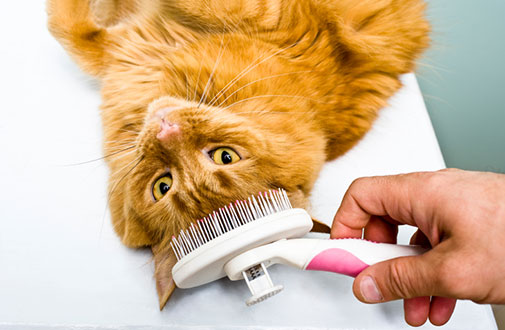
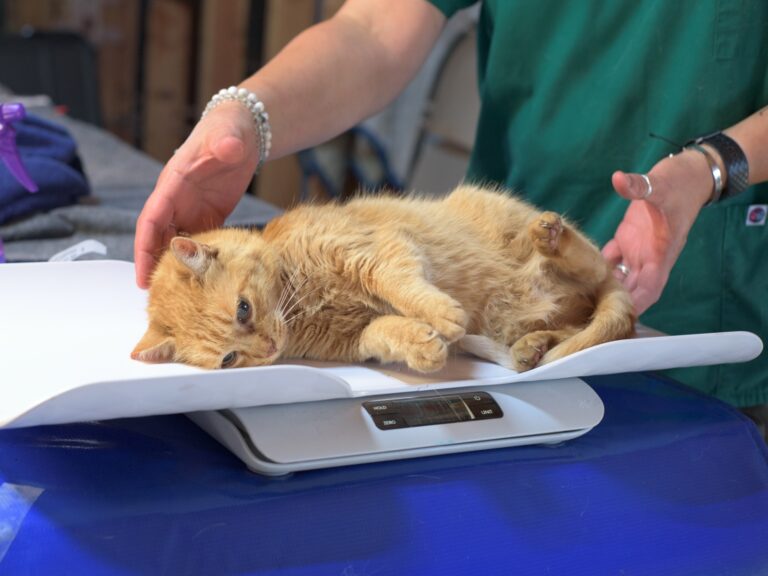

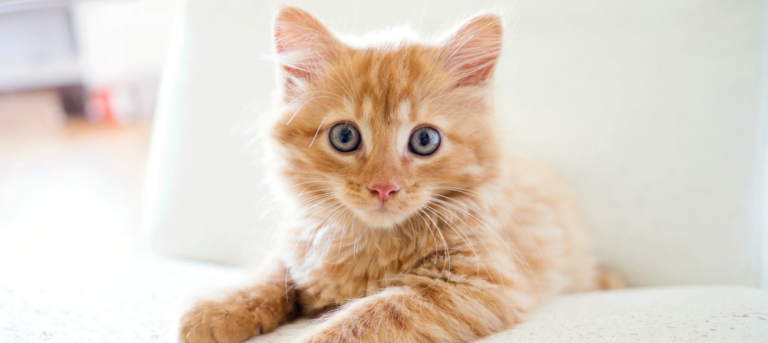

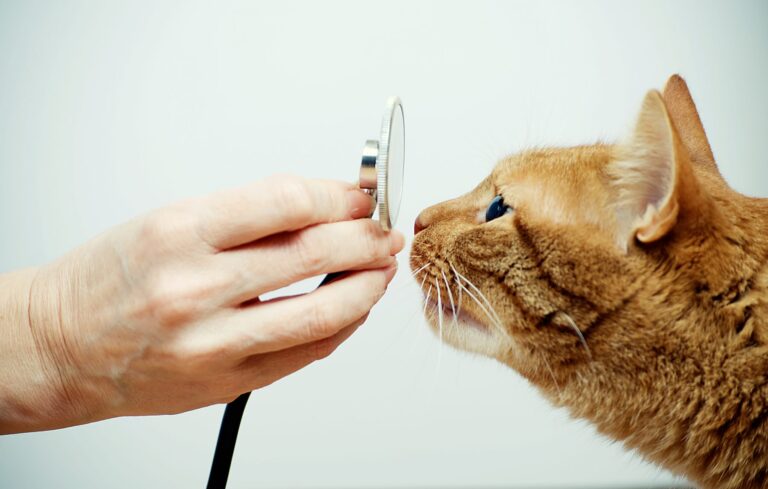
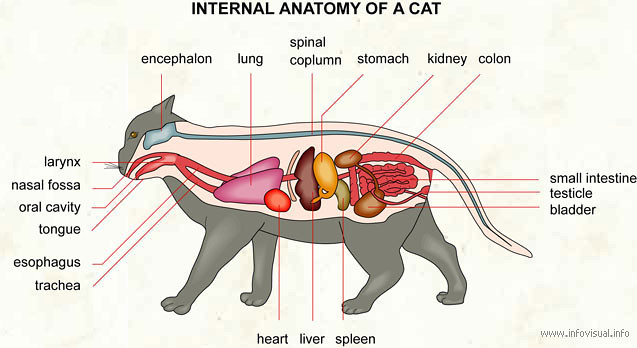
One Comment